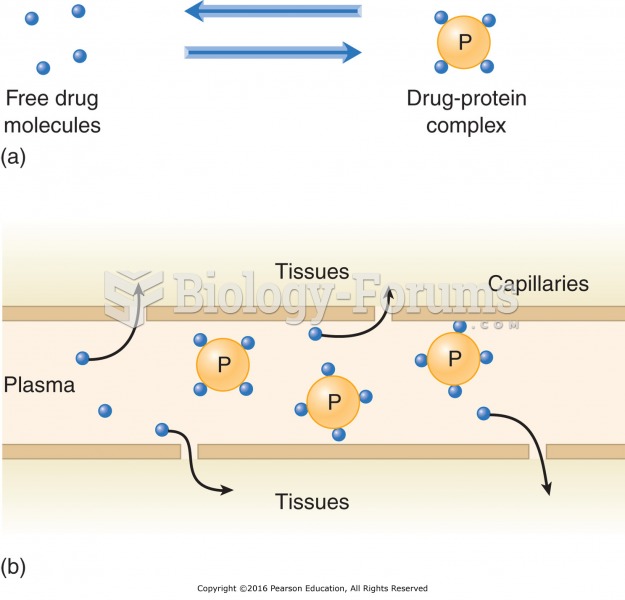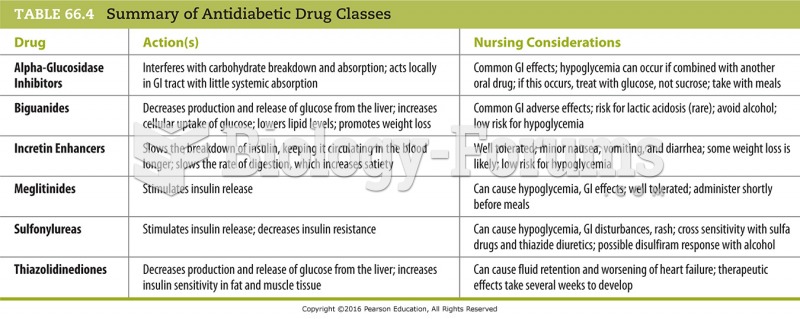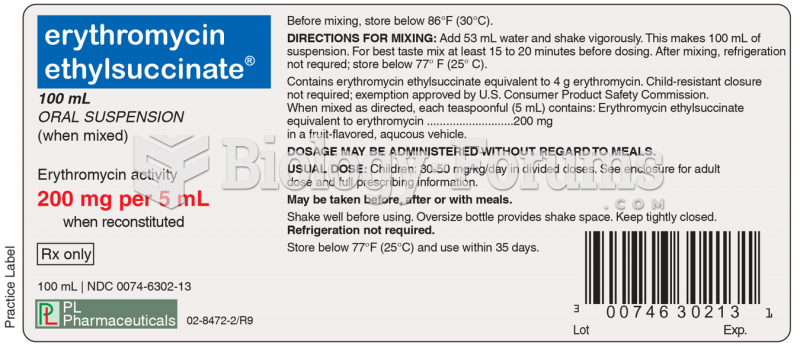|
|
|
Serum cholesterol testing in adults is recommended every 1 to 5 years. People with diabetes and a family history of high cholesterol should be tested even more frequently.
Pink eye is a term that refers to conjunctivitis, which is inflammation of the thin, clear membrane (conjunctiva) over the white part of the eye (sclera). It may be triggered by a virus, bacteria, or foreign body in the eye. Antibiotic eye drops alleviate bacterial conjunctivitis, and antihistamine allergy pills or eye drops help control allergic conjunctivitis symptoms.
Between 1999 and 2012, American adults with high total cholesterol decreased from 18.3% to 12.9%
Thyroid conditions cause a higher risk of fibromyalgia and chronic fatigue syndrome.
This year, an estimated 1.4 million Americans will have a new or recurrent heart attack.







